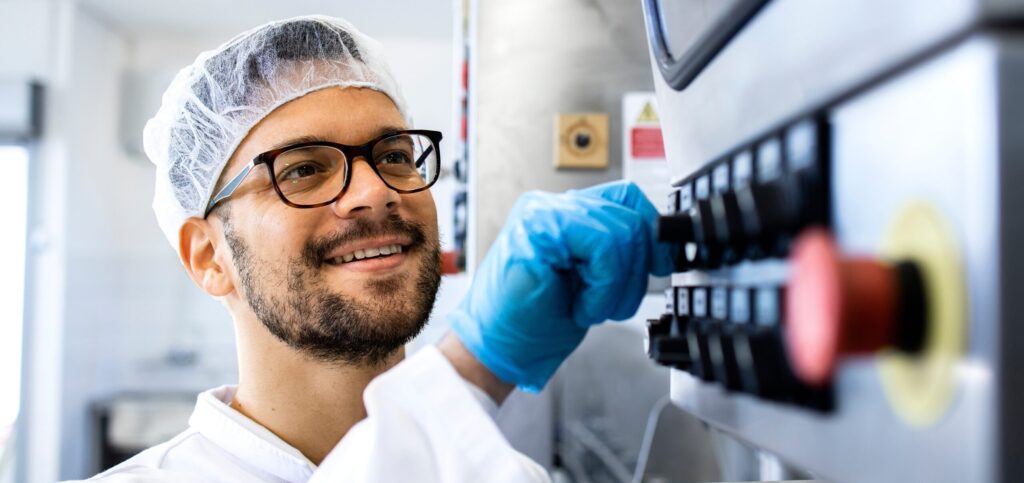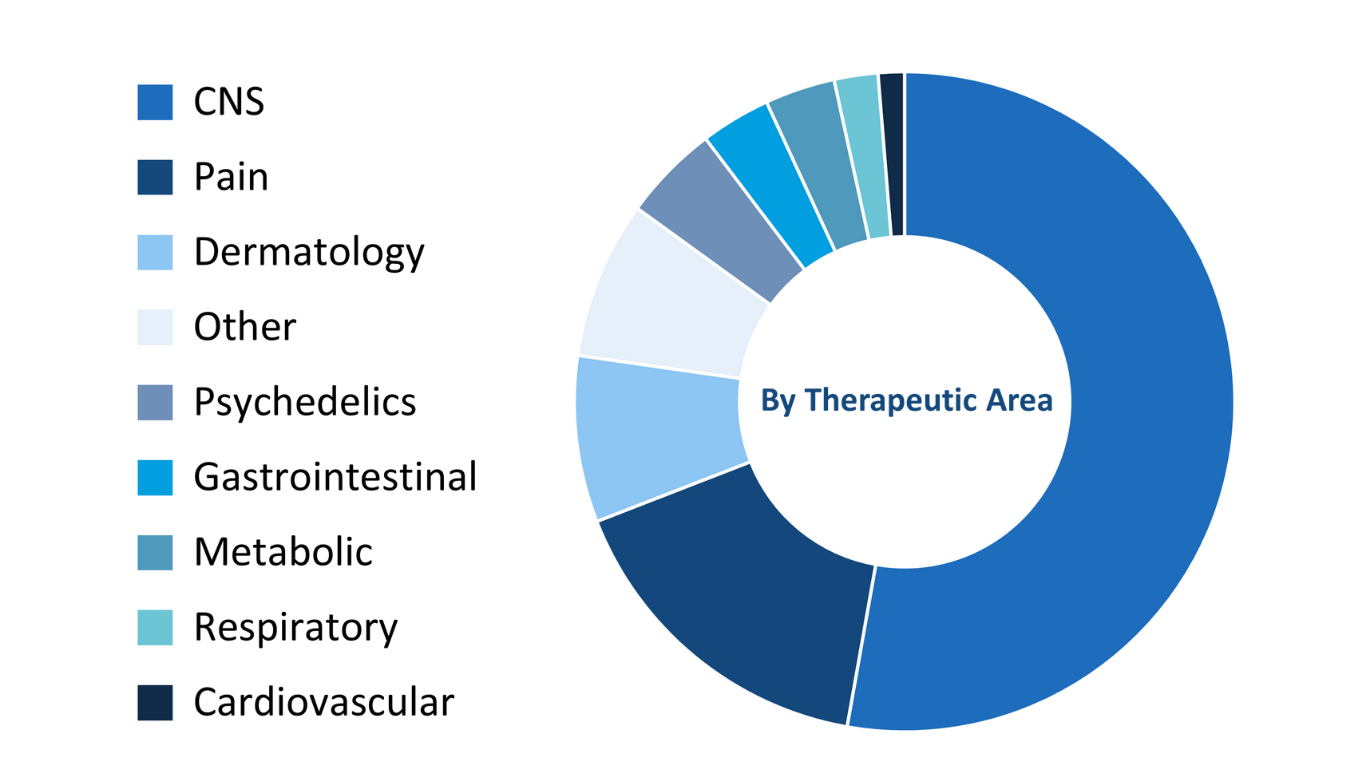Training Services
MAC’s Clinical Scientific Team offers comprehensive training programs, bespoke to individual project designs across a range of therapeutic targets.
Our Study Teams Know How to Manage the “Placebo Effect”
Since the mid-1990s, a growing challenge to the pharmaceutical industry has been an increase of the “placebo effect.”


Studies in many therapeutic areas have shown a significant rise in patients reporting physical responses to placebo medications. MAC’s approach in response to this has been to train all patient-facing staff in how to minimise the placebo effect. This training has been rolled-out in Phase III trials across 3 continents to minimise placebo response in studies involving multiple sites.
Training in the placebo response, coupled with specific training on key study endpoints, assists in achieving the primary, secondary, and exploratory endpoints in our clients’ studies. The foundation of this training is data quality and consistency in reporting, which leads to a reduction in data/response variability, and increases the pharmacodynamic range of tests.
MAC’s training services include:
45-minute interactive session to ensure all patient-facing staff understand the placebo effect and the steps to be taken to minimize it.
Individually tailored study brochures are designed to be given by site staff to study participants, to guide them away from showing placebo effect and to help them focus on accurate endpoint reports.
Individually tailored study brochures are designed to be administered by site staff to guide participants away from experiencing or reporting a placebo effect, and to focus on accurate endpoint reports.
Critical to studies conducted across several sites is MAC’s experience with training site staff on all key study endpoints. This helps to reduce variability, and maximizes the pharmacodynamic range for the study endpoints.
Improves data quality and ensures consistency of assessments between sites.







